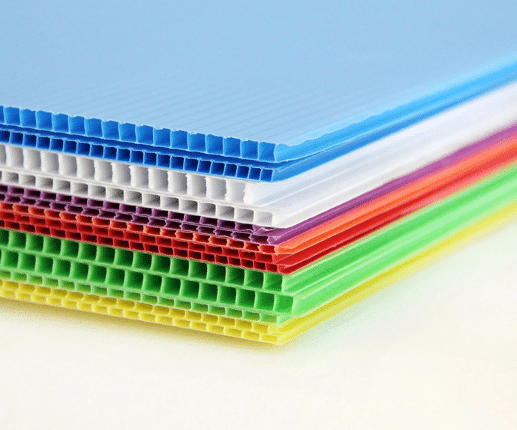There are various different types of plastics and some of them may come in similar forms or colors, how to distinguish different types of plastics, here we’ll introduce common methods and how are they identified from each other.

How to Distinguish Different Types of Plastic?
- PET or PETE (Polyethylene Terephthalate): clear, lightweight, has a smooth texture, and can be slightly cloudy. It is commonly used for water or soda bottles, salad dressing containers, and peanut butter jars.
- HDPE (High-Density Polyethylene): waxy with a matte finish and feels like plastic. It is often opaque or slightly translucent and has a rigid, tough texture. It is commonly used for milk jugs, detergent bottles, shampoo bottles, and toys.
- LDPE (Low-Density Polyethylene): soft, flexible, and stretchy with a waxy texture. It is often transparent or translucent and feels crinkly. It is commonly used for plastic bags, squeeze bottles, and food wraps.
- PVC (Polyvinyl Chloride or Vinyl): hard and brittle with a glossy surface that is often mistaken for glass. It is typically white or grey and requires a lot of energy to recycle safely. It is often used for pipes, vinyl flooring, shower curtains, and some food packaging. PVC can be identified by the number 3 inside a recycling symbol.
- PP (Polypropylene): semi-transparent and feels stiff or sturdy. It can be opaque or translucent with a waxy texture. It is often used for food containers, straws, yogurt cups, and syrup bottles. It can typically be identified by the number 5 in a recycling symbol.
- PS (Polystyrene): rigid, brittle, and lightweight with a low melting point. It has a shiny and smooth surface and can be clear, opaque, or colored. It is often used for disposable plates, cups, utensils, and packaging peanuts. PS plastic is commonly identified by the number 6 inside a recycling symbol.
- Polycarbonate (PC): clear and hard with a high impact resistance. It is often used for baby bottles, lenses, and safety glasses. When scratched, it can become cloudy or hazy.
- Acrylic or PMMA (Polymethyl Methacrylate): clear and durable with a glossy finish. It is often used for aquariums, signs, and displays. It can crack or shatter if dropped or exposed to high heat.
- ABS (Acrylonitrile Butadiene Styrene): tough, rigid, and durable with a matte finish. It can come in a range of colors and is often used for electronic components, keyboard keys, and Lego bricks.
- Nylon (PA): can be found in varying colors and textures. It is often used for toothbrush bristles, ropes, stockings, and fishing nets. Nylon is strong and lightweight.
- Acetal (POM): has a dense, hard feel and is often white or black. It is often used for gears, bearings, and electrical equipment because of its durability.
- Polysulfones (PSU, PES, and PPSU): often used for medical devices, plumbing fixtures, and electrical components. Polysulfones are strong, durable, and can withstand high heat without melting or deforming.
Other plastics includes any plastic that does not fit into the above categories. It includes plastic blends, bioplastics, and other specialty plastics. This type of plastic is often difficult to recycle and is numbered with a 7 inside a recycling symbol, followed by a few letters that indicate the type of plastic.
Common Methods of Identifying Plastic Types
- Recycling symbols: Most plastics have a recycling symbol imprinted on them, which includes a number from 1 to 7 inside the chasing arrows. These numbers indicate the type of plastic, with 1 being PET, 2 being HDPE, and so on.
- Burn test: Burn testing involves lighting a small piece of the plastic on fire with a lighter or matchstick. Different plastics will burn differently, producing different colors, smells, and textures of smoke. For example, when burned, PVC emits black smoke, and polystyrene produces a strong, sweet smell.
- Density separation: Density separation involves dissolving the plastic in a solvent to separate it into its individual components. This method is often used by recycling facilities to separate different types of plastics.
- Water test: This method involves placing a small piece of plastic in water. Different plastics have different densities, which causes them to float or sink. For example, HDPE will float, while PET will sink.
- Color and texture: While not foolproof, some plastics can be identified based on their color and texture. For example, PVC is often white or grey and has a waxy or slightly sticky feel, while PP is semi-transparent and feels stiff or sturdy.